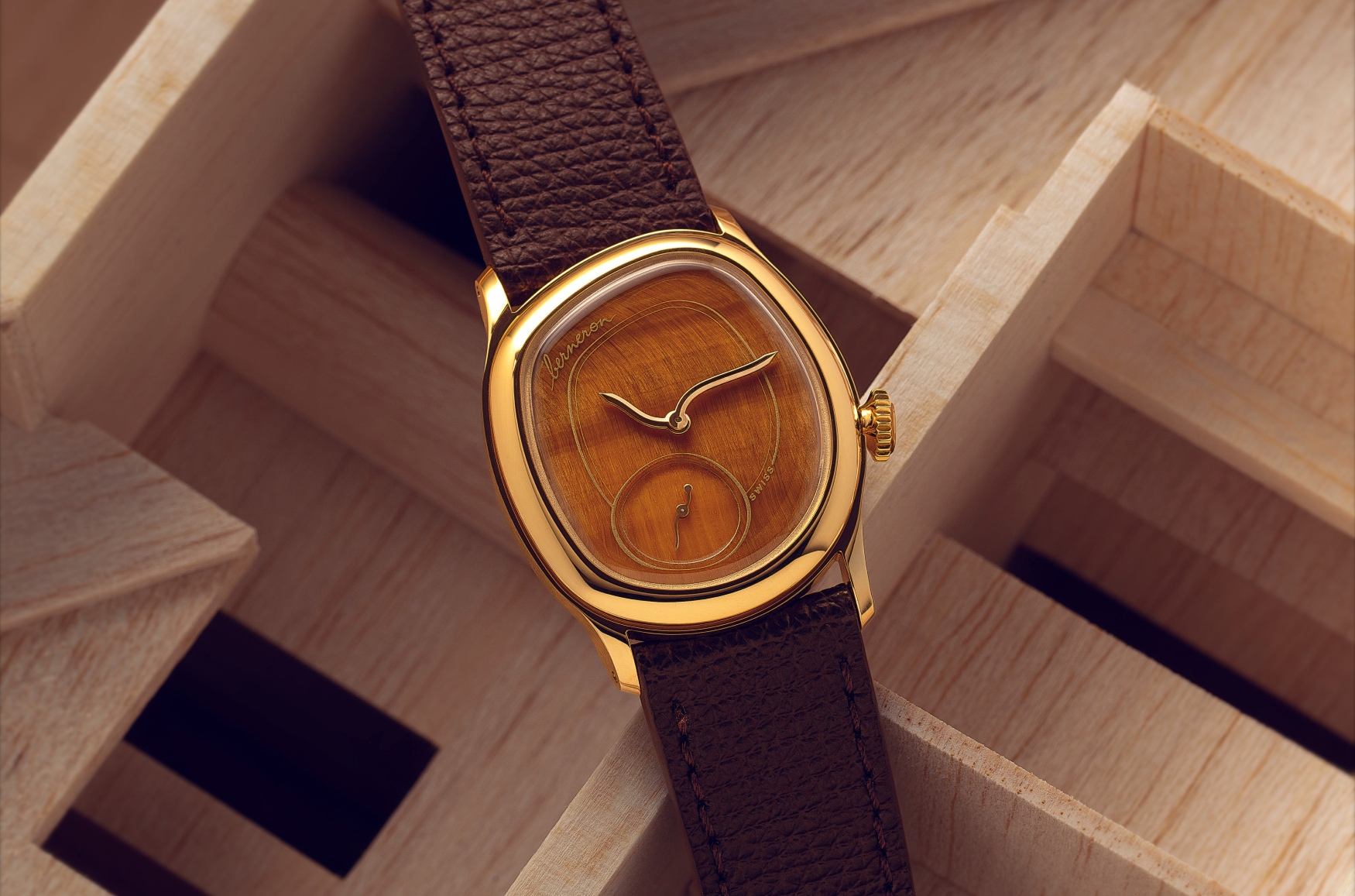buffy acacia
Stone dials are slowly becoming more popular all year roundbut in the past few months they have rapidly reached the peak of popularity. The fact that it is surprisingly affordable to produce is also part of it, A modern focus on different colors and textures. However, more attention requires more awareness. Not all stones are literally created equal, and understanding the differences is key. More and more stone dials are making their way into mainstream releases.
What counts as a stone dial?

In the world of gems and jewelry, there are many things that are considered gemstones even if they are not technically stones. This includes organic materials such as pearls, amber, and coral, as well as man-made products such as glass and lab-grown crystals. Gemstones are defined by their decorative use rather than their chemical composition. Much of that attitude comes from history, before the advent of scientific analysis, people used those materials in jewelry without knowing or caring if it was a “real” stone. Ta. Debating whether or not a real stone dial should be considered is a somewhat pointless exercise when they all serve the same purpose, but you need to know the difference to make an informed decision. That doesn’t mean there aren’t any.
natural stone


As is obvious, natural stone is stone that has been dug out of the ground and left in almost the same state. You may also automatically assume that anything called a “stone dial” is that, but you could be wrong. Malachite is currently the most popular natural stone in watchmaking. lapis lazuligreen aventurine and turquoise, while carnelian, onyx, tiger eye and opal have also been staples on stone dials since the 1960s. Most of them are forms of quartz and other abundant minerals, and even something like lapis lazuli, which clings to a reputation of ancient preciousness, is not at all rare. Even black opal, one of the most expensive gemstones in the world, can do quite a bit when sliced as thin as a watch face.
mother of pearl

The use of mother-of-pearl as a dial material is older than wristwatches, and can be found on antique pocket watches and clocks dating back centuries. Whether it counts as a “stone” is debatable. The substance that is made of mollusk shells and causes the pastel iridescent colors is called nacre. When a natural pearl is formed, it is called mother-of-pearl because it is made from the same nacre layer. We would happily classify all of our samples as stone dials, as they meet all the same criteria as unique natural products. Opinions may differ, but that’s what I thinkClassified in most areas of jewelry.
treated stone


There are tons of cool looking rocks that come straight out of the ground, but most of them need a little help to look their best. Considering the amount of effort that goes into selecting, cutting, and polishing stones for watch dials, it’s foolish to think that your dial is truly “untreated” in the first place. Common treatments for stone clock faces include lacquering and acid etchingother areas of jewelry and crystal collecting may include dyeing and heat treatment. If you want the texture of stone but want a different color, you can easily add color by applying a translucent lacquer. In fact, the meteorite looks very boring before being etched with acidOtherwise, you won’t see the famous Widmanstätten pattern and it will just look like a random slice of black metal.
stone created


Man-made may seem a somewhat derogatory term when compared to Earth’s natural treasures, but humans have created something quite special. Aventurine glass is probably the best example of a synthetic stone dial. Because its dark color and sparkling metallic powder perfectly evoke a clear night sky. Outside of watchmaking, it is known as blue goldstone. Laboratory-grown sapphire and spinel are also used on the see-through dial.
judgment

To be clear, there is nothing inherently wrong with stones that are not 100% natural. Aventurine glass wouldn’t be as popular if it weren’t beautiful, and some stones are too boring to look at without treatment. A good example in the crystal specimen world is a low-grade amethyst geode that has been heat treated and labeled as citrine, even though citrine does not naturally form within the geode. It is always important to know exactly what you are purchasing. Especially if the dial is later ruined when it turns out it was made artificially. Thankfully, completely fake stones like those layered with resin don’t seem to have penetrated the watch world yet, and beautiful natural samples are still available at affordable enough prices that they don’t need to be manufactured. Masu.
